Anticipation
December 5, 2010 12 Comments
anticipation (ænˌtɪsɪˈpeɪʃən) — n 1. the act of anticipating; expectation, premonition, or foresight – World English Dictionary
One of the greatest pleasures that large format photography gives me is the manner in which it encourages anticipation of the end result; the photograph. This feeling of anticipation is based upon a foundation of contemplation, thought and preparation. Conceiving the photograph, setting up the camera and preparing to take the photograph is a time consuming process in large format photography; with time measured in minutes, not seconds as is common with SLR type cameras.
However, anticipation is not limited to large format photographers, it’s a valuable emotion that all photographers can harness, regardless what type of camera used. It does however, require a different approach to photography than many SLR photographers are used to using. It’s an approach based upon forethought about how a scene could be rendered, and not a reaction to how it is.
Moonrise over Chinaman’s Hat. Kualoa Regional Park, Oahu, Hawaii. Toyo 45AII Camera, Schneider Symmar-S 135mm f5.6 lens on Fuji Velvia 100F.
Neither approach is wrong, of course, but I’ve found that my finest results come when I’ve anticipated the results before taking the photograph. So, what are the steps that go into the process of anticipation?
1. Know what you want. It seems quite elemental, but many photographers go out to take photographs without any thought given to what they desire to photograph or how it fits with their interests and photographic goals. It doesn’t matter if the objective is to photograph the sunrise, or whether the outing is part of a larger, more all encompassing, project. Knowing and defining the objective – the photographer’s “vision” – is essential.
“It is not a peripheral subject reserved for the photographic elite or photographers with a sociopathic bent towards navel-gazing. It is the place we begin, and the road we travel, on the way to our goal – creating compelling photographs that express something we’ve no other means of expressing but through the frame.” – David duChemin – The Vision Driven Photographer.
Without a clearly defined vision, the photographer will flounder, and there can be no real anticipation of what lies ahead, for the photograph. The lack of vision will carry over into the overall body of the photographer’s work, defining it in an unflattering manner. Vision enables you to glimpse into the future, to sense its hope and power, and builds a sense of anticipation that can be fulfilled by your photography.
2. Preparation and research. Once the determination about what to photograph has been made, the next step is to prepare to take the photograph. This can be one of the more mundane parts of the anticipation process, but it’s the part where you learn what is possible for the given subject and location.
I like to begin by considering the location and the lighting that I expect while there. Some subjects work better early in the morning, while others work better in the afternoon. Additionally, knowing the type of terrain to expect you can get a sense of how long it will take to get into position, and the direction where the majority of the lighting will come from. A good topographical map or a computer program like Photographer’s Ephemeris can be quite helpful.
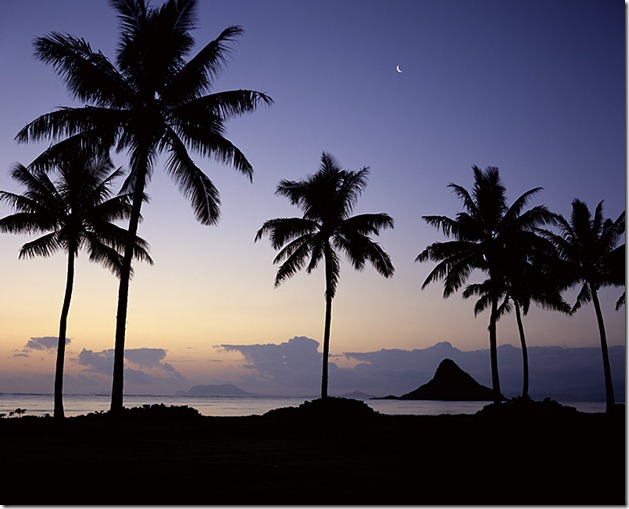
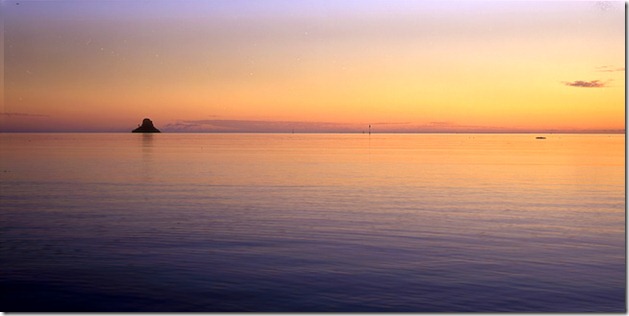
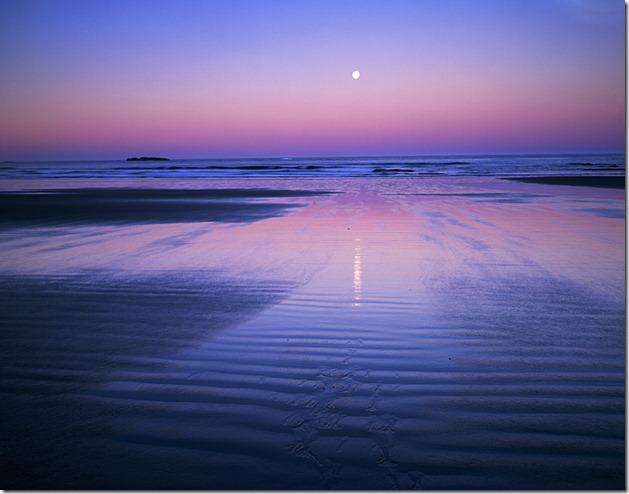
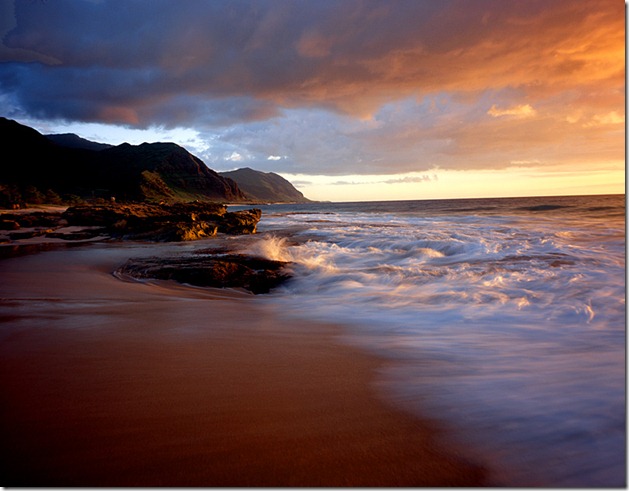
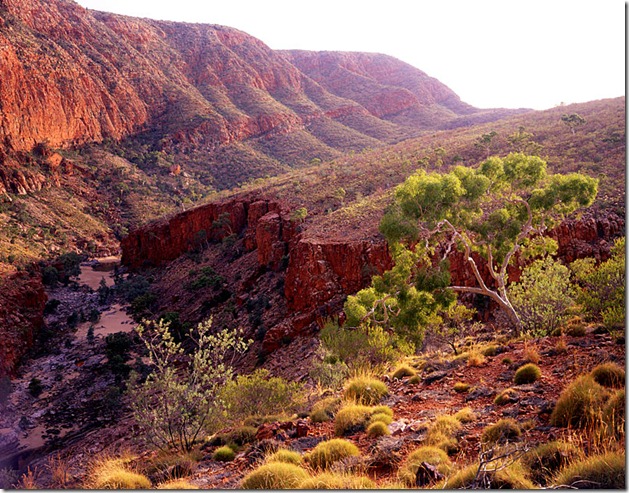
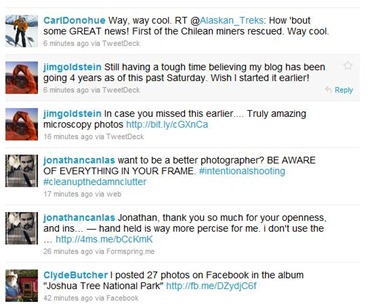
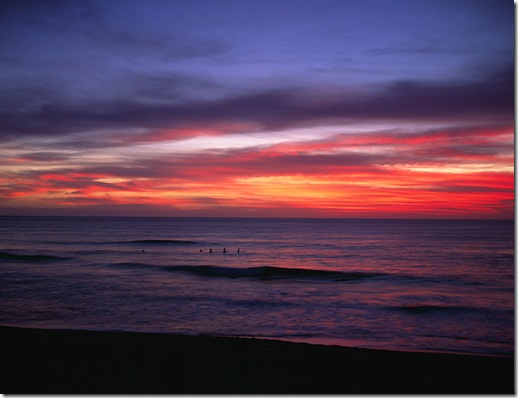

Recent Comments